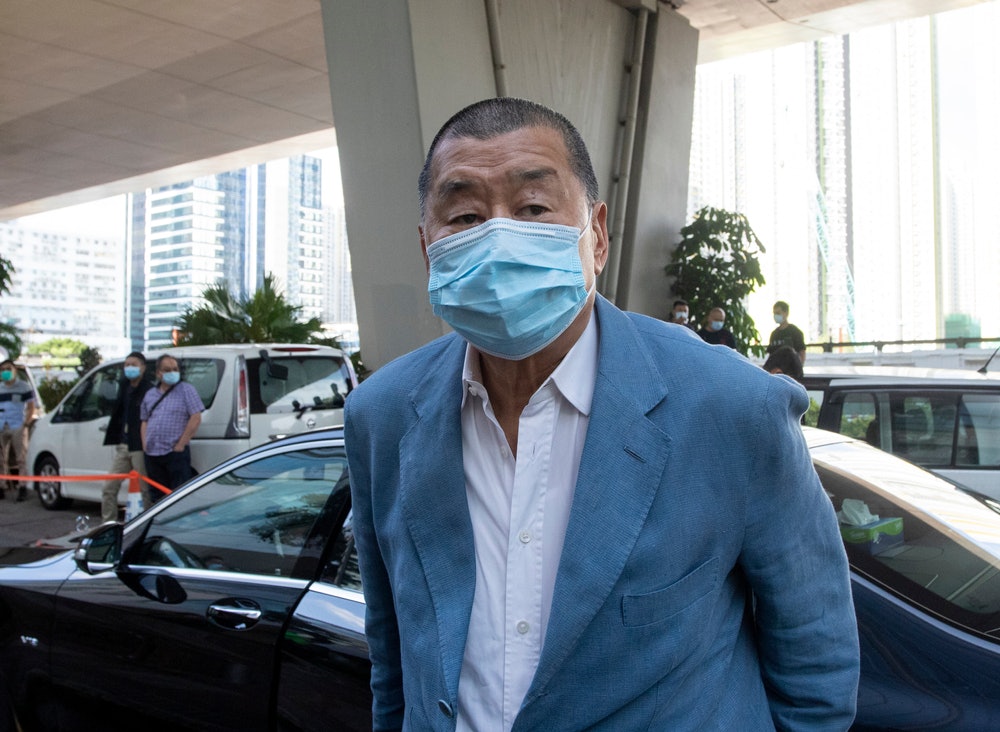The President’s Emergency Plan for AIDS Relief (PEPFAR) has saved 26 million lives from HIV/AIDS in the last two decades, thanks to the generosity of the American people, the political will of national leaders, and the dedication of local communities.
PEPFAR has arguably been the most rewarding investment of U.S. taxpayer dollars since the Marshall Plan, which provided economic assistance to restore the economic infrastructure of post-World War II Europe. PEPFAR has prevented HIV/AIDS from hollowing out whole societies, trained and supported thousands of health workers, strengthened democratic values abroad, and helped build public health infrastructure and community networks that have strengthened health systems beyond HIV.
History tells us pandemics are inevitable, but the transformational impact of PEPFAR shows that we can do more to prevent, prepare for, and mitigate their impact. We help ourselves when we help other countries recognize and control the spread of new, highly contagious diseases. With PEPFAR, we aim to contribute to ending HIV/AIDS as a public health threat by 2030.
The U.S. government must continue to invest smartly in global health to protect our national security by ensuring that countries, health care institutions, and communities sustain and advance the progress made to end AIDS as we know it. This requires that we focus on effective health programming with clear metrics and measurable outcomes and that the governments of partner countries fund much more of the cost of prevention, treatment, and care.
Progress toward ending HIV as a public health threat
New HIV infections have declined by 60% since 1995 because of the success of prevention and treatment programs – including investments in personnel, financial support, and infrastructure by PEPFAR and the Global Fund to Fight AIDS, Tuberculosis, and Malaria. While there is still no vaccine or cure for HIV, early treatment now means people living with HIV can live longer, healthier, more productive lives.
Several countries that are supported by PEPFAR have also met, or are close to meeting, internationally agreed-upon goals for prevention, screening, and treatment by 2030. National governments are also investing more in their own people than ever before, contributing precious national resources to sustain and accelerate national progress on HIV.
Thanks to civil society activism, private sector partnerships, and the work of programs like PEPFAR, UNAIDS, and the Global Fund, lifesaving antiretroviral treatment (ART) has become much more affordable over the years. Highly effective ART now costs as little as $58 per person per year in low- and-middle-income countries, down from around $1,200 almost 20 years earlier.
But people living with HIV need more innovative interventions – including service integration. Increased risk of comorbidities – such as cervical cancer – mean that people living with HIV will need a full complement of health care services in years to come.
Ensuring access to care and its continuity requires deep engagement with communities and host governments to fund a living wage for health workers historically supported by PEPFAR and the Global Fund.
Absenteeism among providers in public facilities remains a significant problem in many countries. This is driven by low salaries, poor working conditions, little supportive supervision or accountability, and inadequate housing and educational options for the families of health workers, among other factors. In addition, many community health workers, indispensable to the delivery of HIV prevention and treatment and other primary care in most low- and middle-income countries, are still unpaid volunteers.
Increasing the number of paid community health care workers, nurses, and physicians and the tasks they are trained for and allowed to perform is critical to making cost-efficient access to care universal in low- and middle-income countries. Health and finance ministries must work together to fund and support community health care workers as an integrated part of national health systems.
Recent technological and pharmaceutical advancements, including long‐acting options for HIV preexposure prophylaxis (PrEP), need to be urgently scaled up to prevent new HIV infections, with a focus on highly vulnerable populations. The global health community must actively support the implementation of these tools. The private sector must also ensure new tools are affordable and readily available. While these innovations will reduce the overall costs of responding to HIV/AIDS over time, some countries will still need substantial assistance from international partners to roll them out.
Finally, the global population of people living with HIV – now at nearly 40 million – is expected to keep increasing over the next several years, and a growing number of young people across the globe are at great risk of contracting HIV. Countries will face challenges in decreasing and maintaining low HIV prevalence rates among all population groups. Adolescent girls and young women in sub-Saharan Africa, for example, are at acute risk.
Key considerations
Together, we must continue to support and empower people in low- and middle-income countries to address HIV, other chronic diseases, and future pandemics with a growing share of their own national resources. Here are several key considerations for strengthening the sustainability of PEPFAR and the global response to HIV:
Given the internationally agreed-upon goal to end HIV/AIDS as a public health threat by 2030, Congress should support a five-year PEPFAR reauthorization that will advance results and improved efficiency and ensure continued U.S. leadership in the global HIV response. Reauthorization will incentivize active oversight by the legislative branch and transparent reporting and demonstrate continued bipartisan support for PEPFAR.
All stakeholders, including host governments, must increase community partnership and make service delivery more efficient, use granular data systems to drive continuous improvement, and implement living wages for all providers. This will decrease out of pocket costs for those seeking care.
The U.S. government – including Congress, the administration, and PEPFAR – must prioritize increasing national ownership and financing in PEPFAR countries to foster a sustainable response to HIV over the long term. This should feature enhanced engagement with finance ministries in collecting and spending public resources efficiently.
Simultaneously, PEPFAR and other U.S. health and development agencies should work with health ministries and the private sector to design and implement innovative health insurance schemes and improve the oversight and effectiveness of health and development programs.
PEPFAR must envision and establish country-specific targets by which it can begin to increase country financial ownership and transition to a needs-based approach with the goal of ending HIV/AIDS. The ongoing development of HIV sustainability roadmaps, led by UNAIDS, is essential to creating and fulfilling an ambitious vision, as a growing number of PEPFAR countries have met or are close to meeting the internationally agreed-upon HIV goals.
PEPFAR should adjust its programming and investments regularly based on progress at the country level and create binding compacts with national governments. These compacts should be modeled after those negotiated by the Millennium Challenge Corporation (MCC), linking funding to specific results validated through community surveys. The targets should include sustaining viral-load suppression and driving down HIV incidence through community engagement and funding. This would emphasize national ownership and mutual accountability, guaranteeing progress beyond the initial funding.
PEPFAR must continue to use data-driven programming to reach the most vulnerable communities, with the highest priority on increasing access to prevention and lifesaving treatment.
PEPFAR must drive greater innovation and efficiency in community engagement and service delivery by encouraging and supporting host governments to adopt proven reforms that save lives and money. These include task shifting, strengthening public-private partnerships to create long-lasting regional and local supply chains, and using granular data systems to drive improvements at the clinic level. PEPFAR and partner governments must also incentivize public sector providers to commit to working full time at their assignments by pushing for governments to offer better education opportunities and career support, livable wages, housing, and other resources.
Other similarly positioned U.S. foreign assistance programs must translate the lessons learned from PEPFAR by requiring resources to shift to local implementers and adopting data-driven decision-making based on real-time, site-level information.
The governments of upper-middle-income countries must significantly increase their investments in health care and sustain the gains made alongside bilateral and multilateral partners.
The governments of low- and lower-middle-income countries must address the specific gaps along the HIV continuum of care that are preventing them from achieving the internationally agreed-upon goals for prevention, care, and treatment.
The private and philanthropic sectors must continue to support innovative advancements in preventing and treating HIV while increasing their engagement with governments, investing at the local level, and partnering with bilateral programs.
Local communities and civil society must have an active role in strategic planning, programmatic implementation, and monitoring and oversight of HIV programs to ensure their needs are met and to hold their governments and other partners accountable.
The Bush Institute would like to thank Crystal Cazier, Manager, Business Strategy and Development, Global Tuberculosis Program at Baylor College of Medicine for her review of this paper.

































